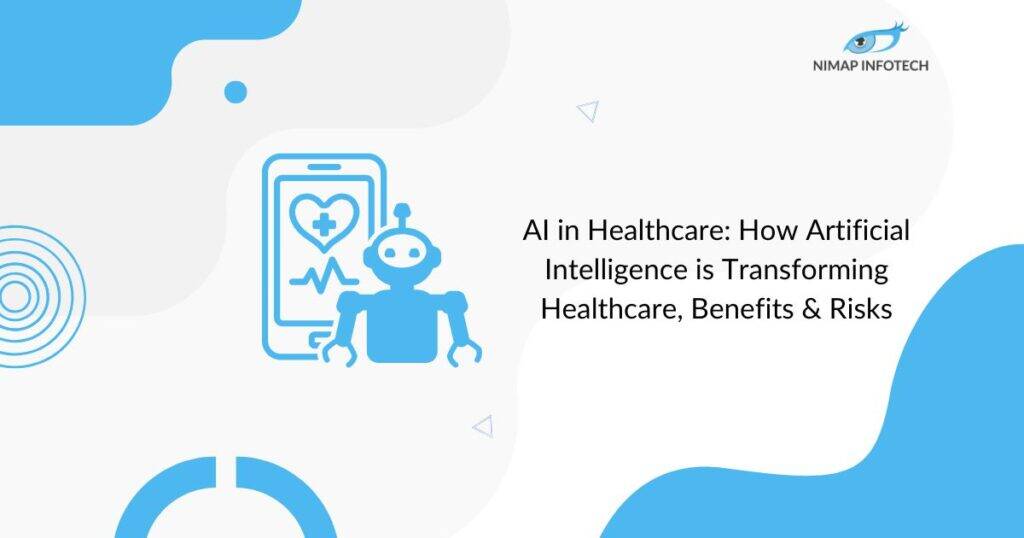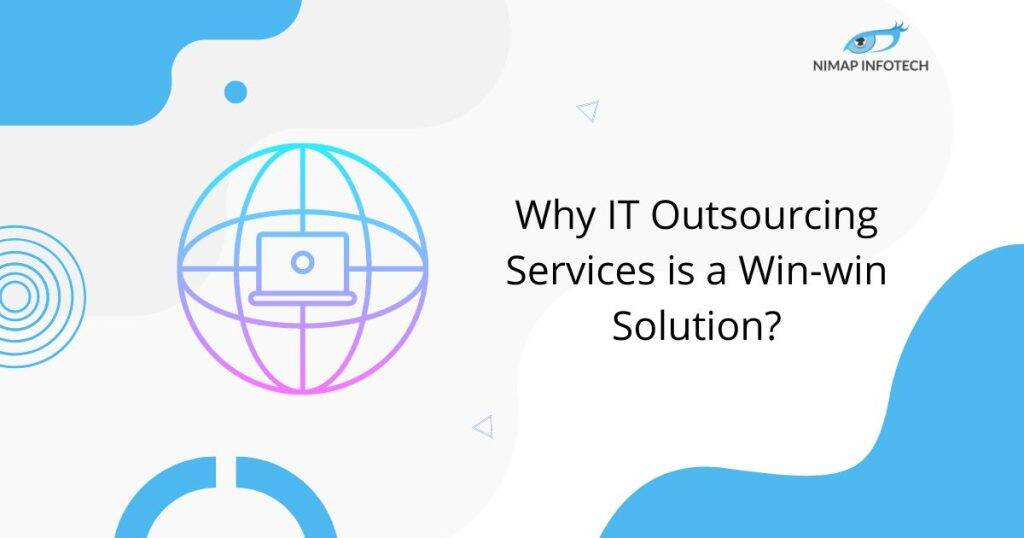Hire TensorFlow Developers
Hire TensorFlow Developers to Build Precise AI and ML Models
Hire skilled TensorFlow developers for advanced machine learning solutions. Access pre-vetted talent, flexible hiring, seamless integration, and dedicated support to boost efficiency, innovation, and customer experience in your AI projects.
- On-Demand TensorFlow Experts in 60 mins
- 40 Hours Risk-Free Trials
- Save 40% On Development Cost & Time
- Fast Onboard, Only if Satisfied
Proven Track Record
Global Clients
We Have Completed
Strong Developers
Hire Tensorflow Developers for Comprehensive TensorFlow Development Services
Harness the power of AI with our end-to-end TensorFlow development solutions, designed to deliver high-performance, scalable machine learning models tailored to your business needs.
Our Expertise
Our Global Clients











Our Startup Clients











Our Enterprise Clients
















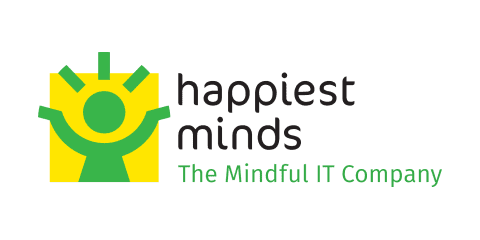


⭐4.5/5
based on 19,000+ reviews on
⭐4.9/5
Based on 2000+ reviews on
400+
Developers
1200+
Projects Delivered
15+
Year's Proven Track Record
400+
Developers
1200+
Projects Delivered
97%
Client Satisfaction







Optimize Your Workflow — Onboard Tensorflow Programmers for Efficient, Scalable AI and Data Science Projects
100+ Technology Expertise | Dedicated Project Manager | 0% Developer Backout
Why Hire TensorFlow Developers from Nimap?
Proven Expertise
Certified TensorFlow specialists with hands-on deep learning and AI implementation experience.
Custom AI Solutions
Custom-built models created to address your organization’s unique business challenges and requirements.
Faster Deployment
Streamlined development and hassle-free integration into your ecosystem.
Cost-Efficient
Optimized models that maximize performance while minimizing resource costs.
Scalable Systems
Future-proof AI solutions that grow with your business demands.
Ongoing Support
Proactive model tuning, updates, and long-term maintenance.
Cutting-Edge Tech
Stay ahead with the latest TensorFlow advancements and industry best practices.
Grade Security
Robust, compliant AI development with data privacy safeguards.
Our TensorFlow Tech Stack
 Keras
Keras PyTorch
PyTorch Vertex AI
Vertex AI MLflow
MLflow Azure Machine Learning
Azure Machine Learning  Keras
Keras PyTorch
PyTorch Vertex AI
Vertex AI MLflow
MLflow Azure Machine Learning
Azure Machine Learning Industries We Serve
Nimap is a leading TensorFlow development company with over 10years experience, serving startups, SMEs, large enterprises, and Fortune 500 clients across diverse industries.
Experience Seamless Hiring — Get Tensorflow Experts Matched to Your Needs for Rapid, Successful ML Deployment.
40+ Time-Zone Support | 60 Mins Hiring Developer Policy | 24×7 Tech Support
How You Can Hire TensorFlow Developers From Us?
Hire Top TensorFlow Developers in 4 Simple Steps:
Flexible TensorFlow Development Engagement Models
We offer crafted collaboration approaches to match your project requirements and business objectives:
Time & Material Model
- For dynamic or evolving projects
- Pay only for actual hours worked
- Adapt requirements as your needs change
- Ideal for R&D or projects with shifting scopes
Fixed Price Model
- For well-defined project specifications
- Predetermined budget and timeline
- Clear deliverables and milestones
- Perfect for projects with stable requirements
Dedicated Team Model
- For long-term or complex initiatives
- Exclusive TensorFlow experts working as your extended team
- Agile sprints with continuous delivery
- Full control over priorities and development pace
Real-World Results: Python TensorFlow Case Studies from Our Team
IT Services & Consulting
50% More Accuracy, 40% Less Time: How We Redefined OCR Efficiency for a Tech Firm
A Next-gen technology firm’s OCR system suffered from slow processing, low accuracy, and incomplete data extraction, impacting efficiency.
- Python, OpenCV, MySQL, Postman, Jira
- Deep Neural Network (DNN) for OCR Optimization
- FastAPI for Asynchronous API Processing
- Dockerized Microservices for Scalability

Lead With AI — Hire Tensorflow Devs for Advanced Model Development & Technical Assistance.
100+ Technology Expertise | Extremely Competitive Costs | Dedicated Project Manager
Related Articles
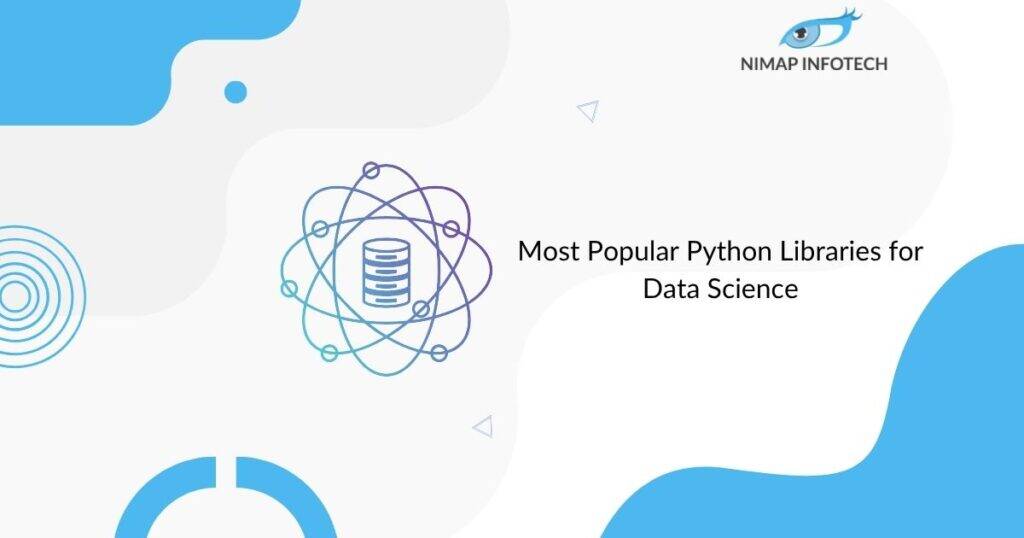
30 Most Popular Python Libraries for Data Science in 2025
Summary Discover the 30 most essential Python libraries for data science in 2025, covering data manipulation, machine learning, visualization, NLP, and more. Stay ahead in
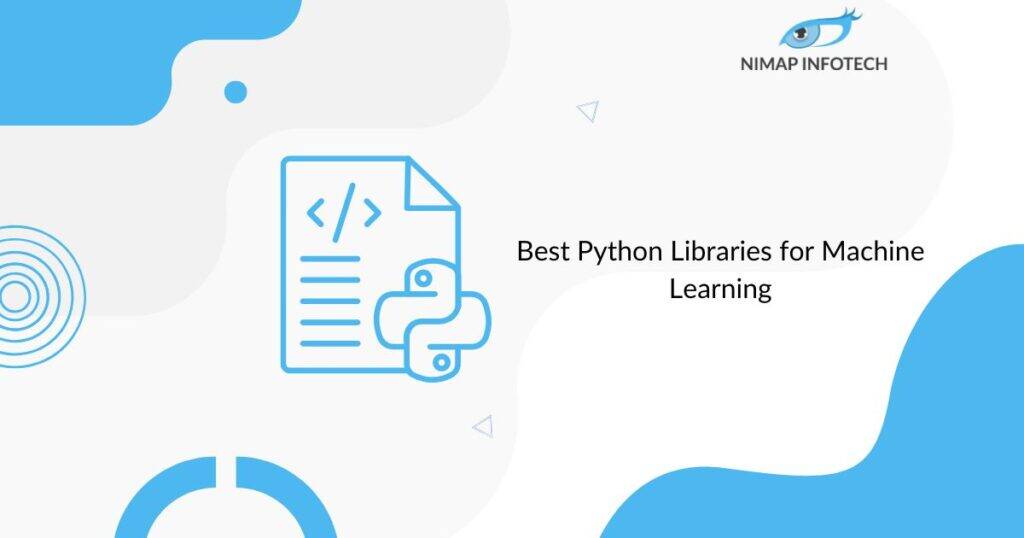
15 Best Python Libraries for Machine Learning in 2025
Summary Explore the top Python Libraries for Machine Learning in 2025 that power smarter models, faster development, and scalable AI solutions. Introduction Python is one
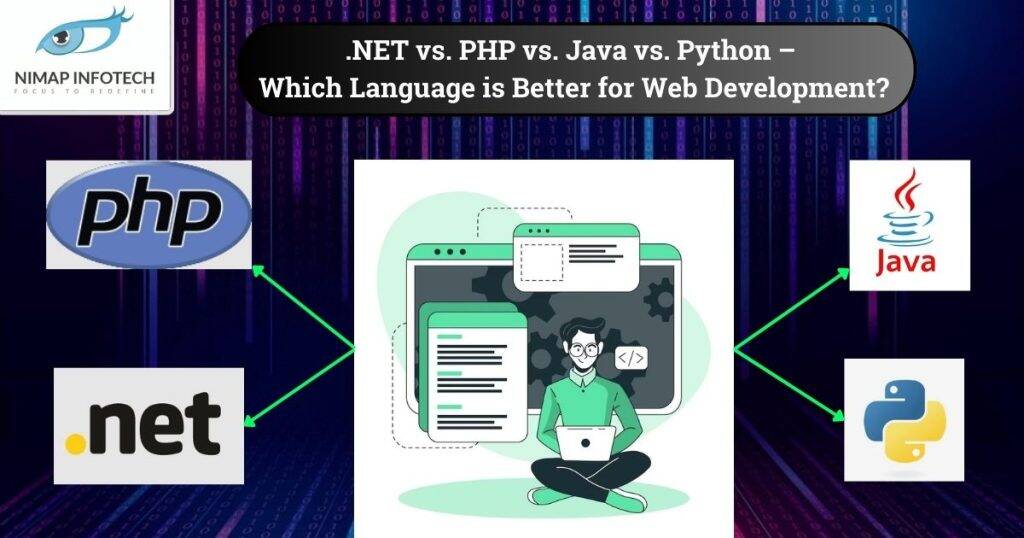
.NET vs. PHP vs. Java vs. Python – Which Language is Better for Web Development?
New languages and technologies introduce changes to web development quickly daily. In the realm of web development, a handful of tried-and-true languages have stood the
Frequently Asked Questions
Can TensorFlow Run on Multiple Platforms?
TensorFlow runs on Windows, macOS, and Linux. With TensorFlow Lite, it supports Android, iOS, and embedded devices. TensorFlow.js enables model deployment in web browsers and Node.js.
What Is the Typical Cost to Hire TensorFlow Developers?
TensorFlow developer rates typically range from $45 to $70 per hour, depending on experience, project scope, and location.
Can I Hire TensorFlow Developers on a Full-Time Basis?
Yes, you can hire TensorFlow developers full-time. This allows you to have dedicated experts working exclusively on your projects, enabling better collaboration, faster progress, and a deep understanding of your business needs.
What is the Future Outlook for Tensorflow Development?
TensorFlow will continue to evolve with improved performance, enhanced tooling, and strong community support, remaining a leading platform for AI and machine learning innovation across industries.


















